PPPL physicists have developed a computer program incorporating machine learning that could help identify blobs of plasma in outer space known as plasmoids. In a novel twist, the program has been trained using simulated data.
Tag: plasma

Research scientist’s “one-of-a-kind” model of the heliosphere wins $824k NASA heliophysics grant
Dr. Federico Fraternale at The University of Alabama in Huntsville (UAH), a part of the University of Alabama System, has been awarded a $824,132 NASA heliophysics grant to develop new global models of the heliosphere that incorporate interstellar neutral atoms that can help reveal the properties of space beyond the farthest reaches of the Sun’s influence.
Apple versus doughnut: How the shape of a tokamak impacts the limits of the edge of the plasma
PPPL scientists have developed a new theoretical model about the edge of a plasma, which can become unstable and potentially damage a fusion reactor. The model refines ideas about a critical obstacle on the path to harnessing clean energy from this fourth state of matter.
Fusion record set for tungsten tokamak WEST
Princeton Plasma Physics Laboratory researchers measured a new record for a fusion device internally clad in tungsten. The device sustained a fusion reaction for a record six minutes and four seconds with 1.15 gigajoules of power injected, 15% more energy and twice the density than before.
New instrument could help scientists tailor plasma to produce more fusion heat
Scientists at PPPL have finished building a new plasma measurement instrument that could aid efforts to boost the heat of fusion reactions in facilities known as tokamaks.
Inspection for Perfection
Inspection technology developed by Oak Ridge National Laboratory will help deliver plasma heating to the ITER international fusion facility.
Biognosys and Alamar Biosciences Forge Strategic Partnership in Proteomics to Advance Biopharma and Precision Medicine Research
Biognosys, a global leader in mass spectrometry-based proteomics, and Alamar Biosciences, Inc., a company powering precision proteomics to enable the earliest detection of disease, are pleased to announce a strategic partnership aimed at advancing scientific discovery in the field of biofluid proteomics biomarkers.
Adding just enough fuel to the fire
PPPL researchers have determined the maximum density of uncharged particles at the edge of a plasma before certain instabilities become unpredictable. This is the first time such a level has been established for Lithium Tokamak Experiment-Beta. Knowing this level is a big step in their mission to prove lithium is the ideal choice for an inner-wall coating in a tokamak because it guides them toward the best practices for fueling their plasmas.
Four PPPL researchers featured in the Physics of Plasmas
PPPL’s important work seeding the field of plasma physics was evident from the list of first authors in Physics of Plasmas 2023 Early Career Collection, which included four people from the Lab: Ben Isreali, Stephen Majeski, Ian Ochs and Willca Villafana.
Four PPPL researchers featured in the Physics of Plasmas
PPPL’s important work seeding the field of plasma physics was evident from the list of first authors in Physics of Plasmas 2023 Early Career Collection, which included four people from the Lab: Ben Isreali, Stephen Majeski, Ian Ochs and Willca Villafana.
How decades of expertise with the fourth state of matter could bring satellites closer to Earth
Scientists at the U.S. Department of Energy’s Princeton Plasma Physics Laboratory are working on ways to improve thrusters for satellites operating in very low orbit around the Earth. The researchers believe they can make satellites that weigh less, last longer and cost less by creating thrusters that use the air around them instead of having to carry its own supply of fuel. PPPL’s diagnostics will be used to evaluate this innovative thruster concept and characterize key physical processes involved in its operation.
Artificially intelligent software provides a detailed look at jets of plasma used to treat cancer
Artificially intelligent software has been developed to enhance medical treatments that use jets of electrified gas known as plasma. Developed by researchers at Princeton Plasma Physics Laboratory and the George Washington University, the computer code predicts the chemicals emitted by cold atmospheric plasma devices, which can be used to treat cancer and sterilize surfaces.
UAH researchers closing in on helping to solve 60-year-old solar mystery
Researchers at The University of Alabama in Huntsville (UAH), a part of the University of Alabama System, have supported a ground-breaking measurement that is helping solve a 60-year-old cosmic mystery that involves the question of why the Sun’s corona, the outermost part of the Sun’s atmosphere, is so much hotter than the surface of the Sun itself.
PPPL awarded $5 million to lead an Energy Earthshot Research Center focused on clean hydrogen
PPPL was selected to lead a DOE Energy Earthshot Research Center (EERC) as part of the Hydrogen Shot™, which aims to reduce the cost of hydrogen by 80%.
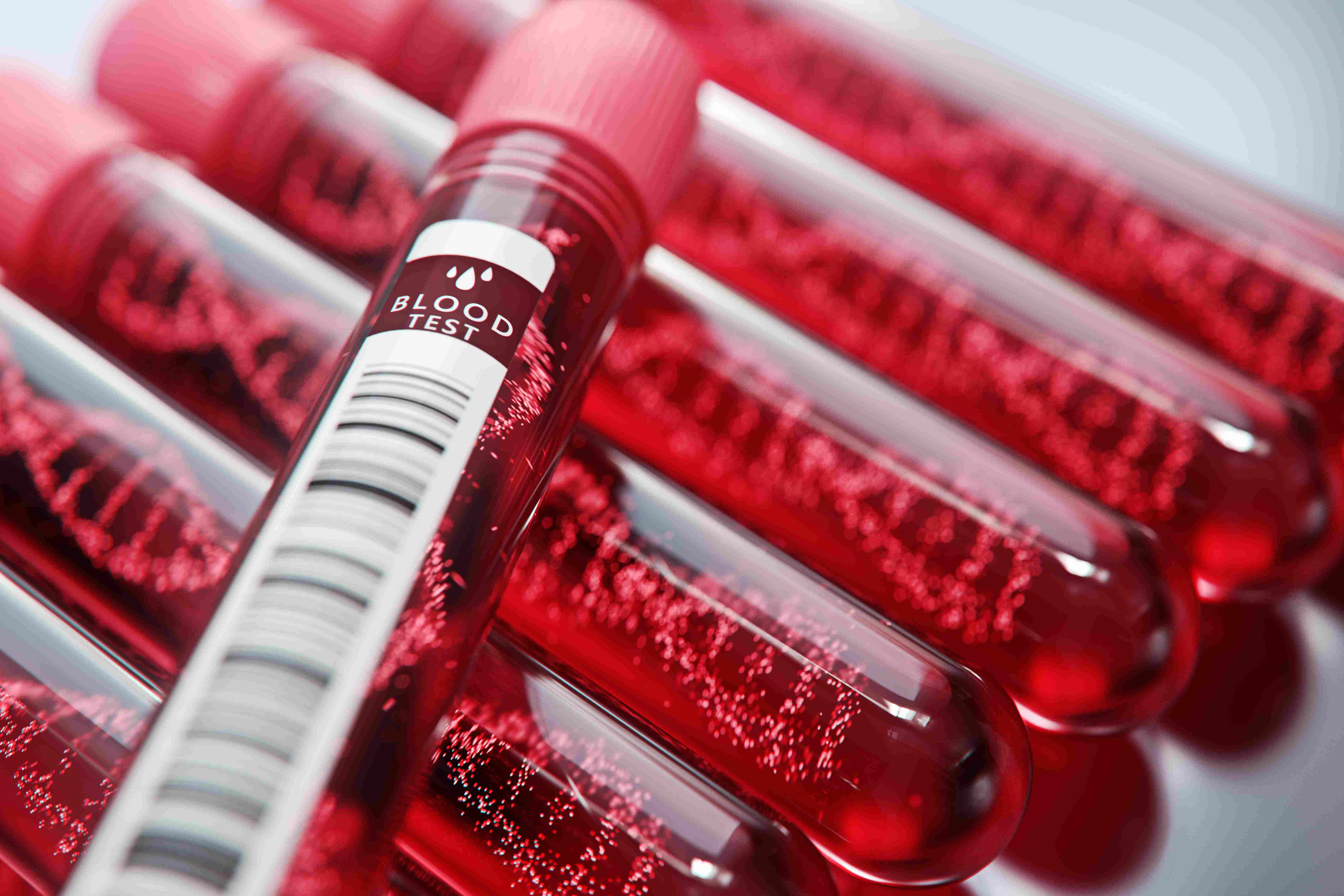
When Blood Is a New Alternative Medicine for Pain Relief at Chula Pain Clinic
Chula Medicine researchers have successfully published an article on the injection of patient’s own platelets rich plasma into the shoulder ligaments resulting in pain reduction, heal torn ligaments and restore torn muscles as an alternative to surgery while reducing the side effects of prolonged use of pain medications.
Novel algorithm improves understanding of plasma shock waves in space
Scientists have used a recently developed technique to improve predictions of the timing and intensity of the solar wind’s strikes, which sometimes disrupt telecommunications satellites and damage electrical grids.
How robots could help verify compliance with nuclear arms agreements
Ensuring that countries abide by future nuclear arms agreements will be a vital task. Now, PPPL researchers have helped devise an automated way to ensure compliance.
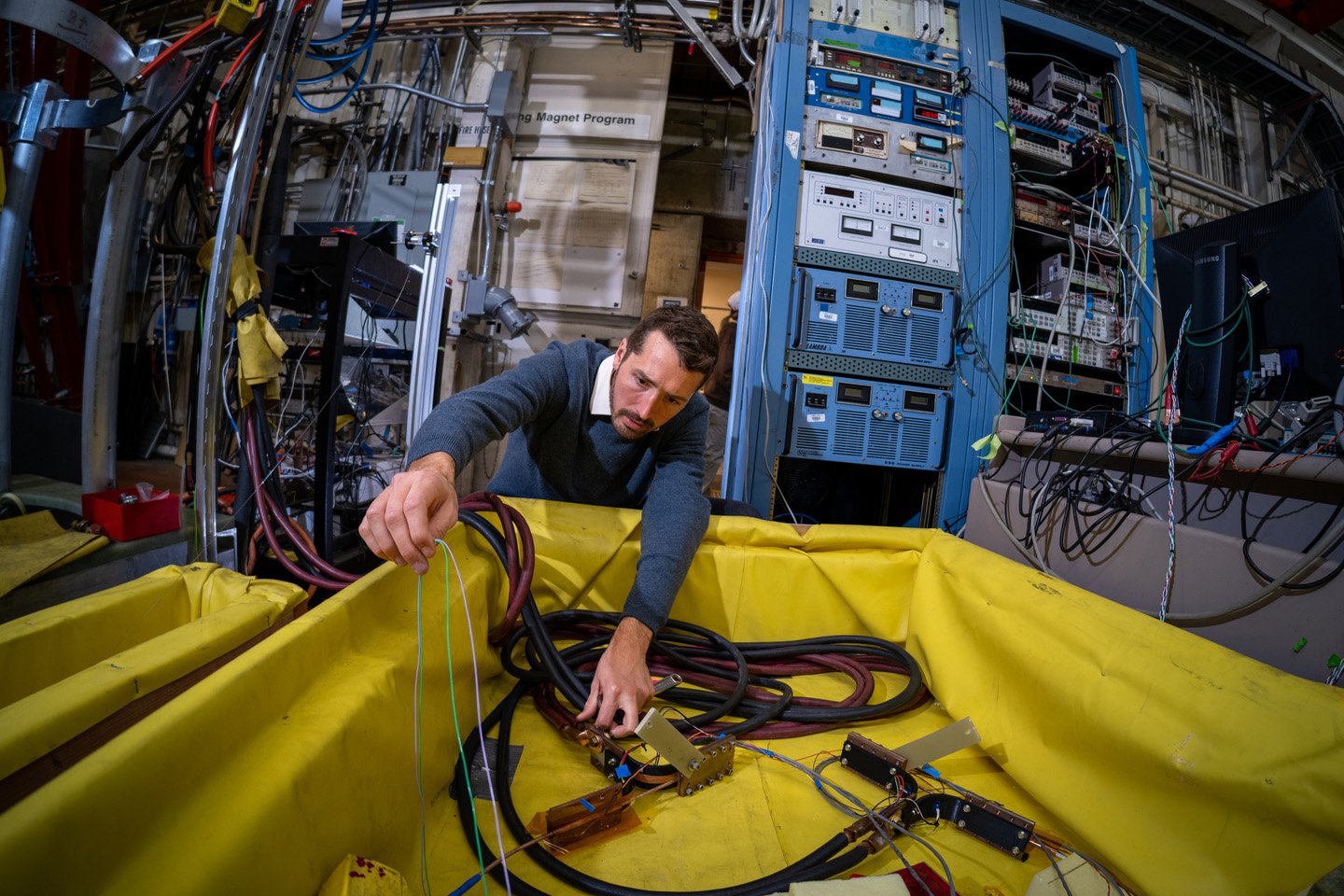
Fusion Q&A: The Path Forward
Fusion energy could address pollution, climate change, and high energy prices. Berkeley Lab’s Cameron Geddes and Reed Teyber explain how researchers are trying to make it a reality.
UAH researchers win awards totaling $750K to advance steps toward “holy grail” fusion clean energy project
Mechanical and aerospace engineering faculty at The University of Alabama in Huntsville (UAH) have won a pair of research awards totaling $750,000 to collaborate with the Los Alamos National Laboratory (LANL) on research to advance knowledge toward one of the most sought-after goals of plasma physics, plasma fusion energy. This project marks the first experimental collaboration between the university and the LANL, helping to bring fusion and high energy density (HED) plasma research to UAH, a part of The University of Alabama System.
UAH-led statewide effort to apply plasma technologies reaches out to broad coalition
A statewide University of Alabama in Huntsville (UAH)-led effort to fund, develop and commercialize plasma research and the high-tech workforce it requires is reaching out to a broad coalition of researchers, students, businesspeople and the public with a goal of stimulating thousands of high-paying jobs in Alabama and the Southeast.
Tokamak Experiments Provide Unique Data for Validating Spacecraft Heat Shield Ablation Models
When a spacecraft enters a thick atmosphere at a high velocity, it rapidly compresses the gas in front of it, creating a hot, dense plasma. To protect against damage, spacecraft are typically covered by a heat shield material. Scientists for the first time used a tokamak to study what happens to these materials in a hot plasma. The research creates a path to improving heat shield materials for future planetary exploration.
From Qubits to Potential Cancer Treatments: Laser Upgrade Opens New Research Possibilities
Things are looking brighter than ever at the Berkeley Lab Laser Accelerator Center. A recently completed upgrade will expand the center’s capabilities into new areas, including studies of particle acceleration, extremely hot plasmas, cancer treatment techniques, and materials for quantum science.
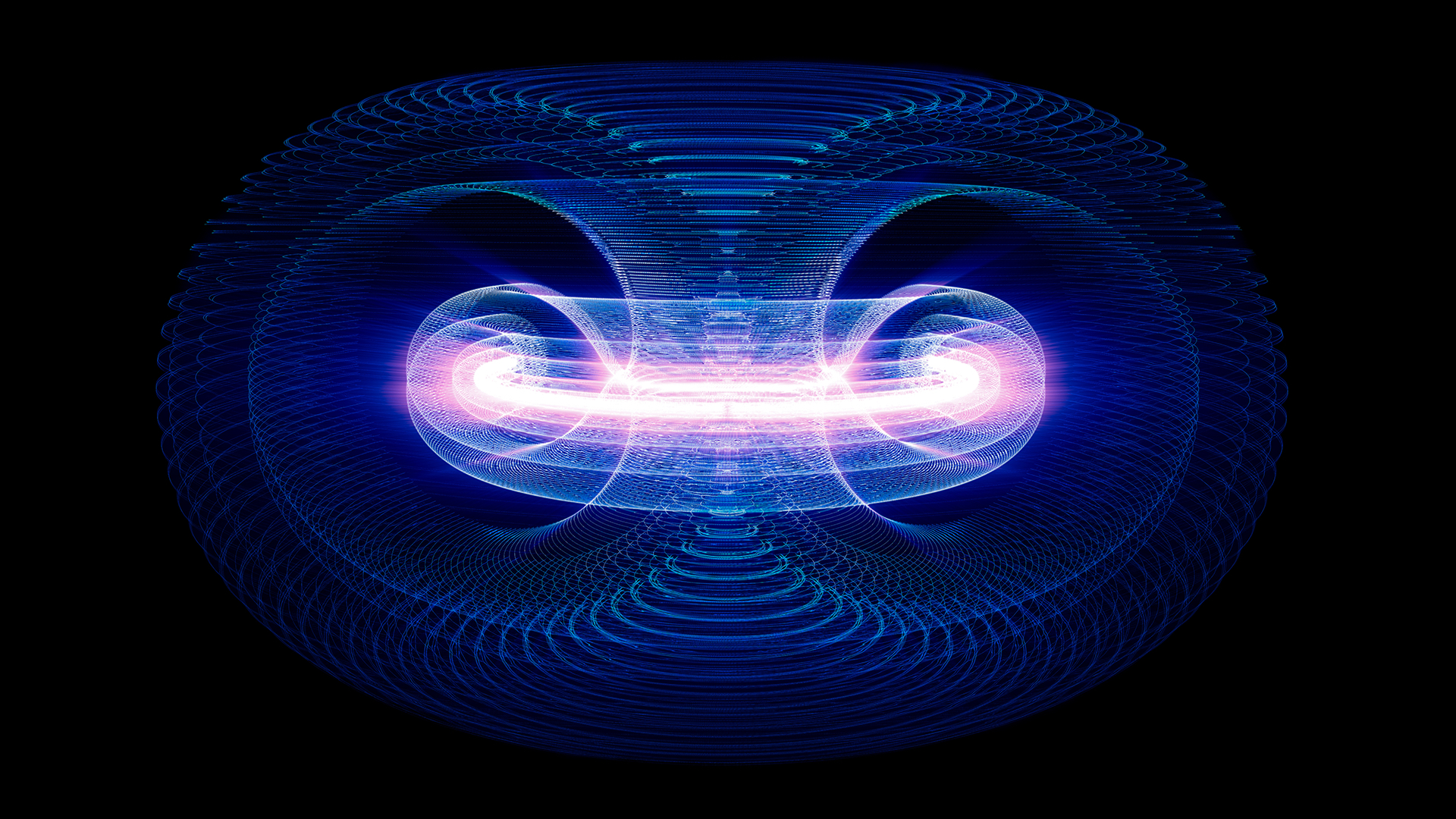
PPPL awarded more than $12 million to speed development of a fusion pilot plant
The U.S. Department of Energy has awarded PPPL funding of more than $12 million to work with laboratories around the world to accelerate the development of a pilot plant powered by the carbon-free fusion energy that drives the sun and stars and can counter climate change.
Observation of a self-generated current to self-confine fusion plasmas
Nuclear fusion has drawn more attention in the era of carbon neutrality because of no carbon dioxide production during power generation and no generation of high-level radioactive wastes.
Defining Plasma Dose for Potential Future Cancer Treatments
Chinese researchers may have found a new approach to treat cancer by using a plasma treatment to induce apoptosis, without any obvious side effect to normal cells. A plasma-activated medium (PAM) can be treated as a drug, with a dose-effect relationship. In Physics of Plasmas, the scientists’ definition of a plasma dose, the equivalent total oxidation potential (ETOP), can be used for PAM to reveal the plasma dose-response relationship for different cell types.
Andreas Kemp: Then and Now / 2012 Early Career Award Winner
At Lawrence Livermore National Laboratory, Andreas Kemp studies the interaction of intense, extremely short laser pulses with matter. This new field of research studies extreme nuclear physics reactions at rates far higher than those of current accelerator experiments.
For Plasma with a Hot Core and Cool Edges, Super-H Mode Shows Promise
Fusion reactors face a challenge called “core-edge integration,” which involves maintaining a plasma that is hot at the core but not too hot to damage reactor walls. New research finds that a previously identified operating regime called Super H-mode can leverage the use of impurities such as nitrogen to address this challenge. The research also indicates that Super-H mode can be scaled up to future fusion plants.
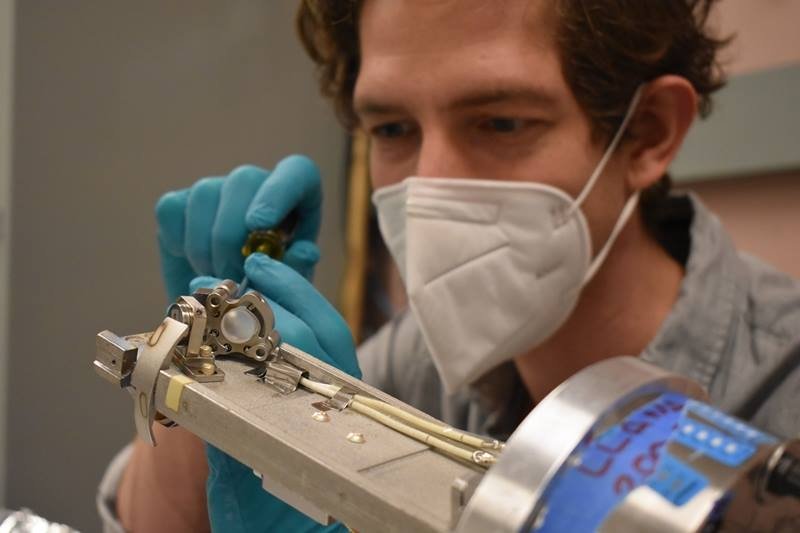
Researchers Stick Out Their Necks to Understand How Fusion Plasmas Fuel Up
The nuclei that smash together to produce fusion energy in a reactor originate from ionized neutral particles. The edges of fusion devices have large numbers of neutrals available to gain or lose electrons to become ions. These neutrals influence several important features of the plasma, including the rate at which the plasma fuels a reactor. A new pinhole camera system called Lyman-alpha Measurement Apparatus (LLAMA) on the DIII-D tokamak helped researchers better understand these neutrals.
Three PPPL scientists win competitive awards to conduct frontier plasma science work
World-class expertise in the study of plasma — the hot, charged state of matter composed of free electrons and atomic nuclei, or ions, that makes up 99 percent of the visible universe — has won frontier science projects for three physicists at PPPL.
Cosmic Rays May Be Key to Understanding Galactic Dynamics
While moving around within the gas in the interstellar medium, cosmic rays kickstart the background protons, which causes a collective plasma wave movement akin to ripples on a lake. The big question is how cosmic rays deposit their momentum into the background plasma. In Physics of Plasmas, plasma astrophysicists review recent developments within the field of studying the streaming instability triggered by cosmic rays, which likely have more impacts on galactic dynamics and the star formation cycle than previously known.
Gaming graphics card allows faster, more precise control of fusion energy experiments
University of Washington researchers have developed a method that uses a gaming graphics card to control plasma formation in their prototype fusion reactor.
Not Just Disturbance: Turbulence Protects Fusion Reactor Walls
To operate successfully, ITER and future fusion energy reactors cannot allow melting of the walls of the divertor plates that remove excess heat from the plasma in a reactor. These walls are especially at risk of melting when heat is applied to narrow areas. Now, however, an extreme-scale computing analysis indicates that turbulence will reduce that risk.
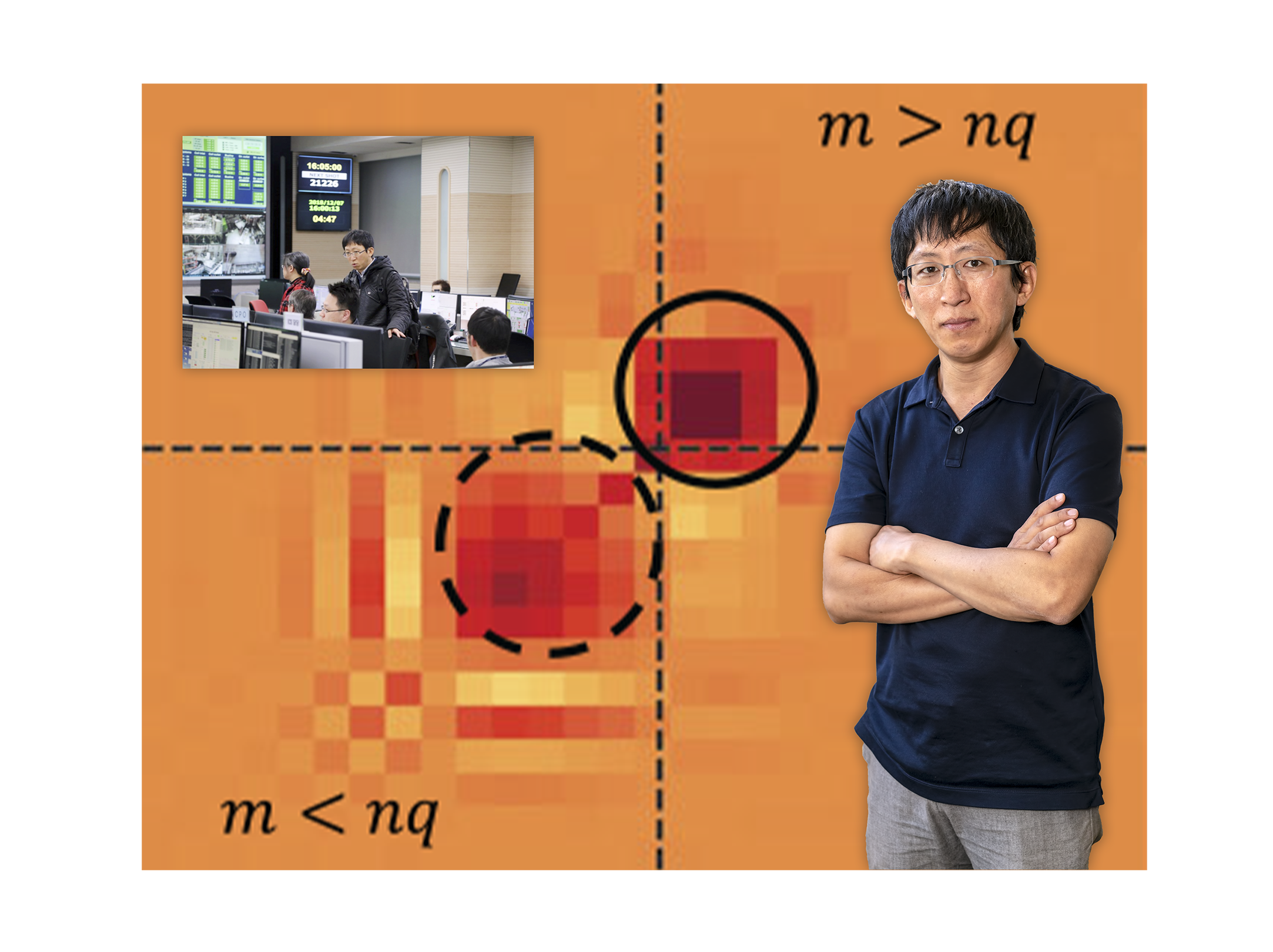
Fooling fusion fuel: How to discipline unruly plasma
PPPL scientists have developed a type of deception to calm unruly plasma and accelerate the harvesting on Earth of fusion energy.
New Study Shows How Mutations in SARS-CoV-2 Allow the Virus to Evade Immune System Defenses
Research reveals how mutated SARS-CoV-2 evades immune system defenses
In lab-dish experiments, the mutant virus escaped antibodies from the plasma of
COVID-19 survivors as well as pharmaceutical-grade antibodies
Mutations arose in an immunocompromised patient with chronic SARS-CoV-2 infection
Patient-derived virus harbored structural changes now seen cropping up independently in samples across the globe
Findings underscore the need for better genomic surveillance to keep track of emerging variants
Results highlight importance of therapies aimed at multiple targets on SARS-CoV-2 to minimize risk of resistance
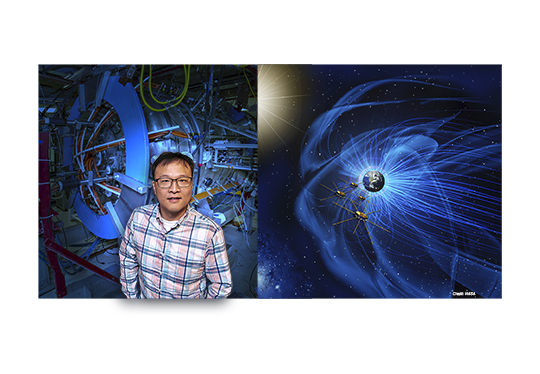
Scientists find clues to a process occurring throughout the universe that affects fusion energy
New research reveals a surprising insight into the physics behind magnetic reconnection. The findings could lead to a greater ability to predict space weather.
Hackensack Meridian Health Publication: COVID-19 Convalescent Plasma with Greater Antibody Levels is Safe and Shows Promise
The treatment was safe, transferred the survivors’ antibodies, and did not prevent the recipients from making their own antibodies, according to the results published recently in the journal JCI Insights.

Scientists improve understanding of plasma source for synthesis of nanomaterial for microchips and numerous products
Researchers have developed an insight that could facilitate production of microscopic carbon nanotubes, structures thousands of times thinner than a human hair used in everything from microchips to sporting goods to pharmaceutical products.
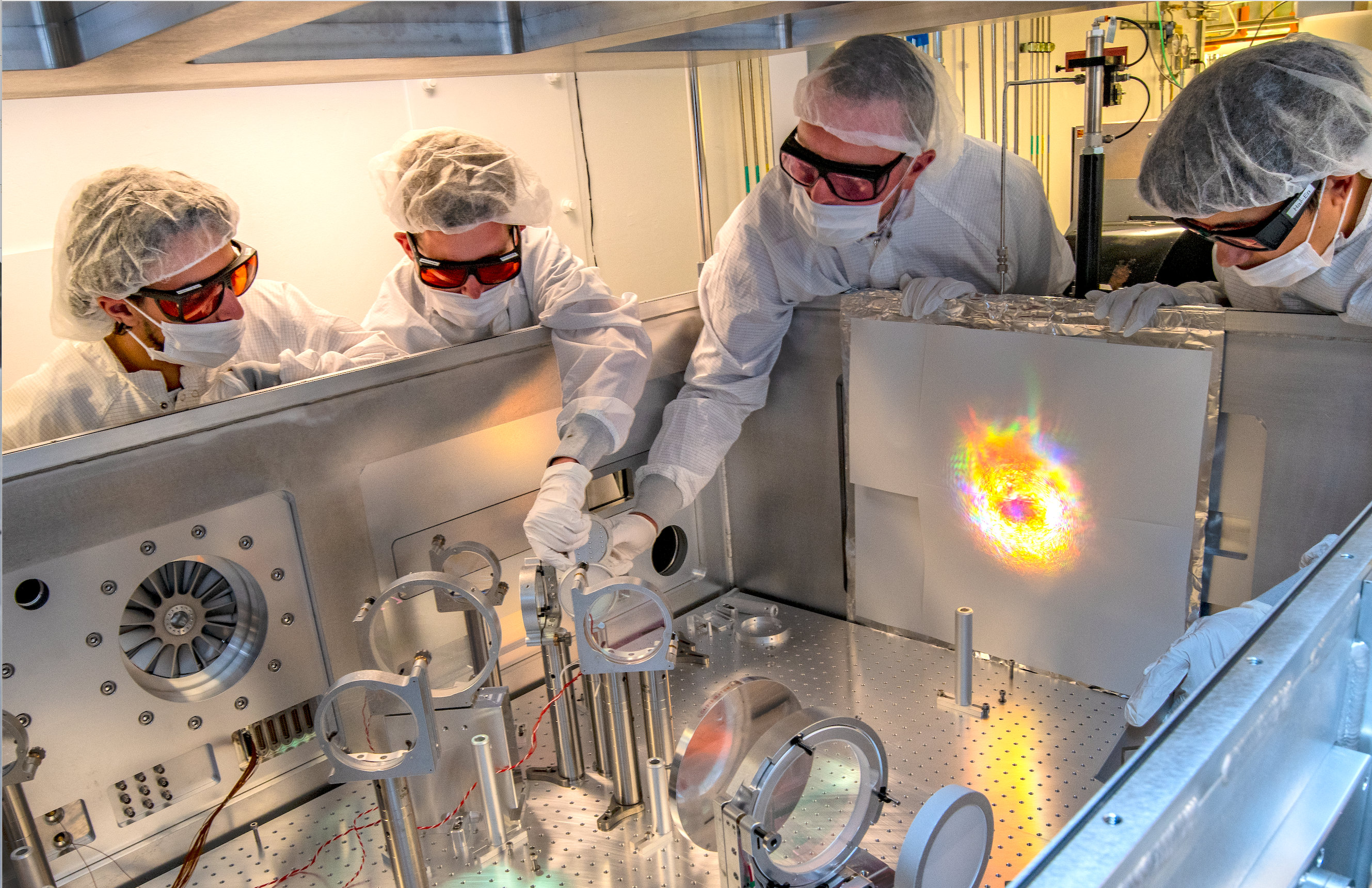
Advisory Committee Releases Strategic Plan for U.S. Fusion, Plasma Program
The U.S. Department of Energy (DOE) Fusion Energy Sciences Advisory Committee (FESAC) has adopted and endorsed a new report that lays out a strategic plan for fusion energy and plasma science research over the next decade. The report has been…
Biomarkers in mother’s plasma predict a type of autism in offspring with 100% accuracy
UC Davis MIND Institute researchers used machine learning to crunch 10,000 autoantibody pattern combinations to identify maternal biomarkers associated with a sub-type of autism. The findings have implications for early diagnosis and intervention.
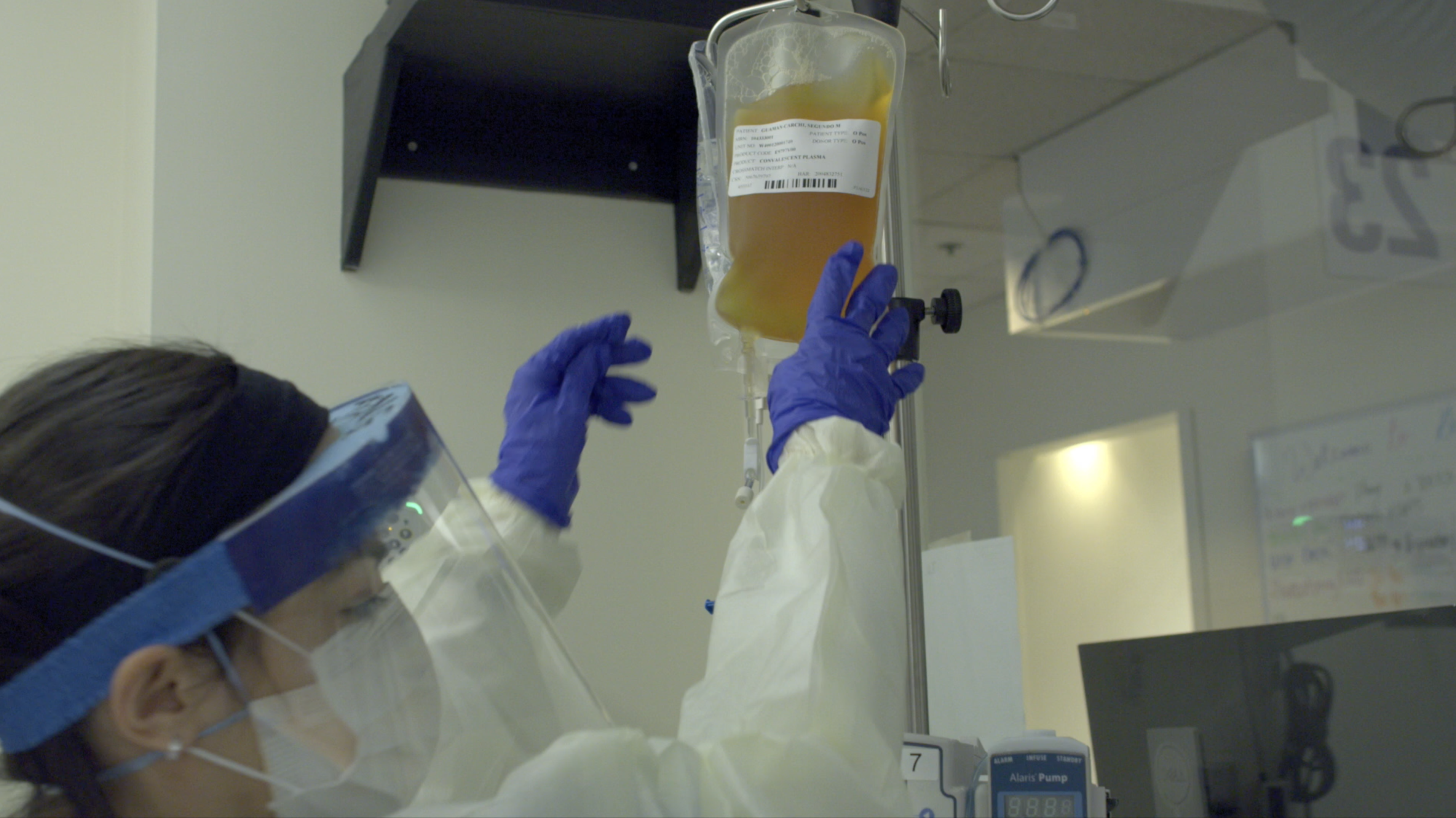
Hackensack Meridian Health Convalescent Plasma Work for COVID-19 Treatments Enters Next Phase of Study
The new Phase 2 study is for infusing this potentially valuable serum into patients with early-stage COVID-19 infection who have at least one major risk factor for serious disease, in an outpatient setting. The goal is to treat the patients in the first 96 hours – with the aim to prevent hospitalization entirely.
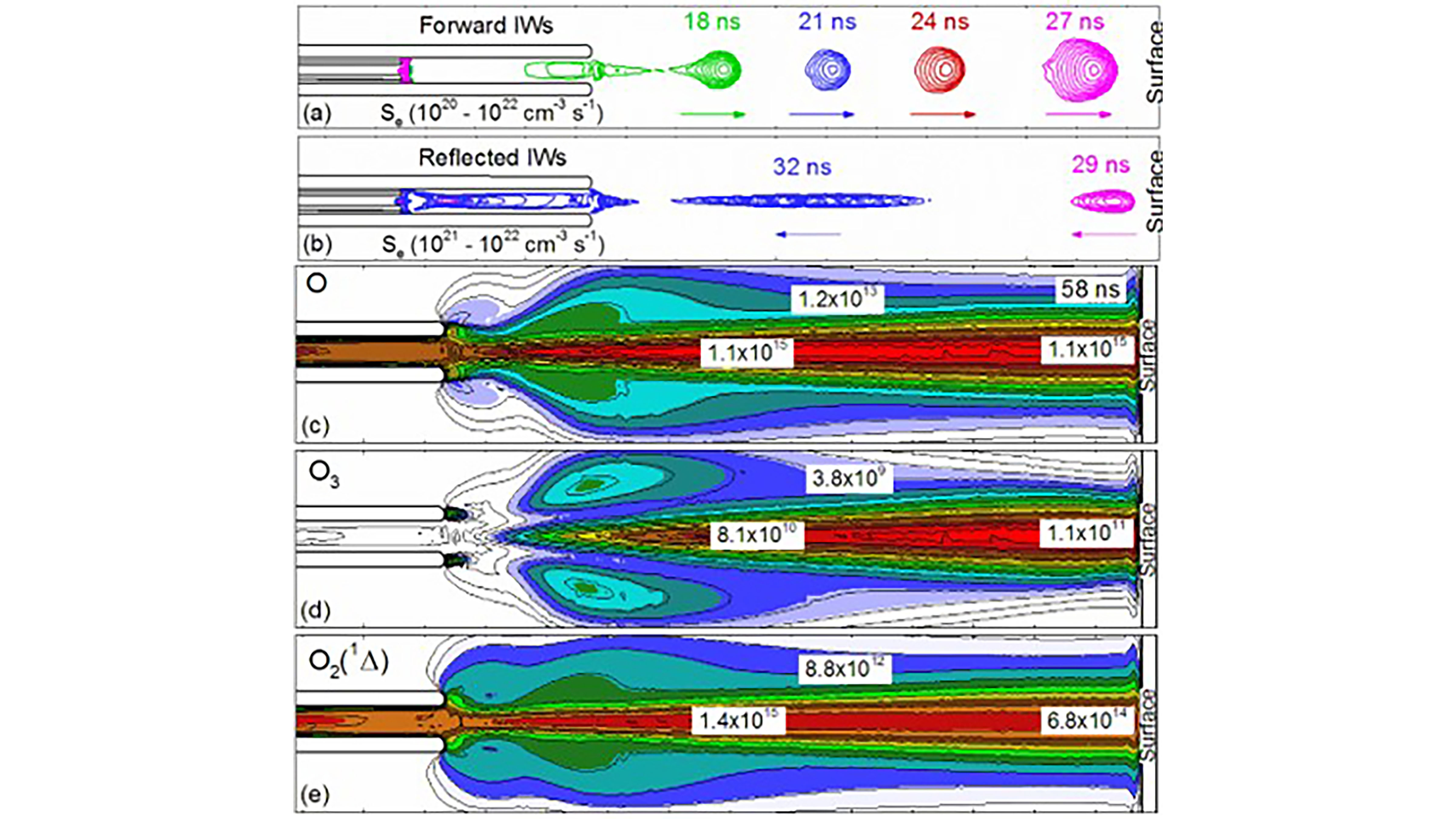
Understanding the Utility of Plasmas for Medical Applications
Plasma medicine is an emerging field, as plasmas show promise for use in a wide range of therapies from wound healing to cancer treatment, and plasma jets are the main plasma sources typically used in plasma-surface applications. To better understand how plasma jets modify the surfaces of biological tissue, researchers conducted computer simulations of the interaction between an atmospheric pressure plasma jet with a surface that has properties similar to blood serum. They present their analysis in the Journal of Applied Physics.
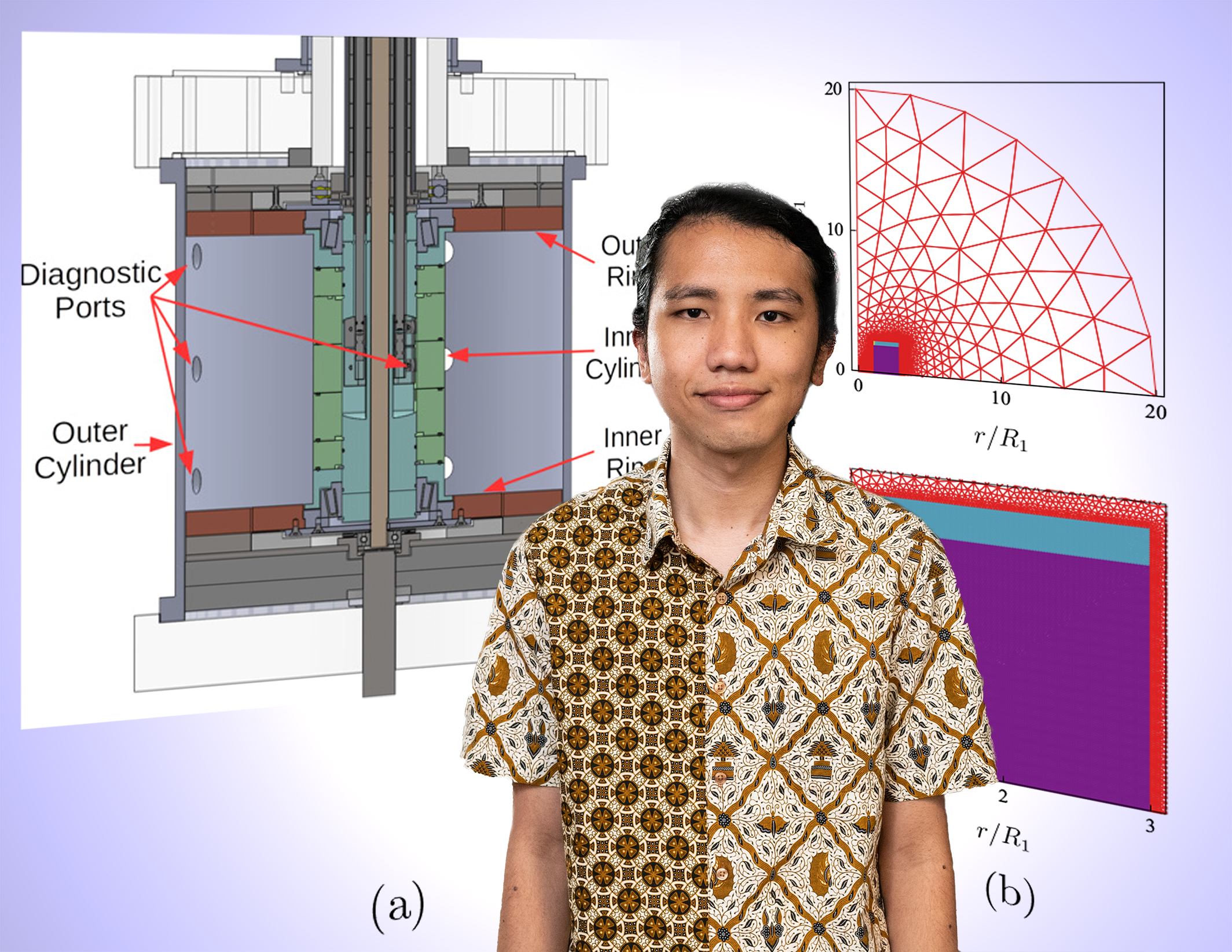
Exploring the source of stars and planets in a laboratory
New computer simulation aims to verify a widely held but unproven theory of the growth of celestial bodies.

Invention sparked by COVID-19 pandemic safely disinfects surfaces continuously
A PPPL invention to apply plasma to frequently touched items for continuous disinfection could provide a safe, effective, non-chemical way to reduce pathogens on various high-touch surfaces.
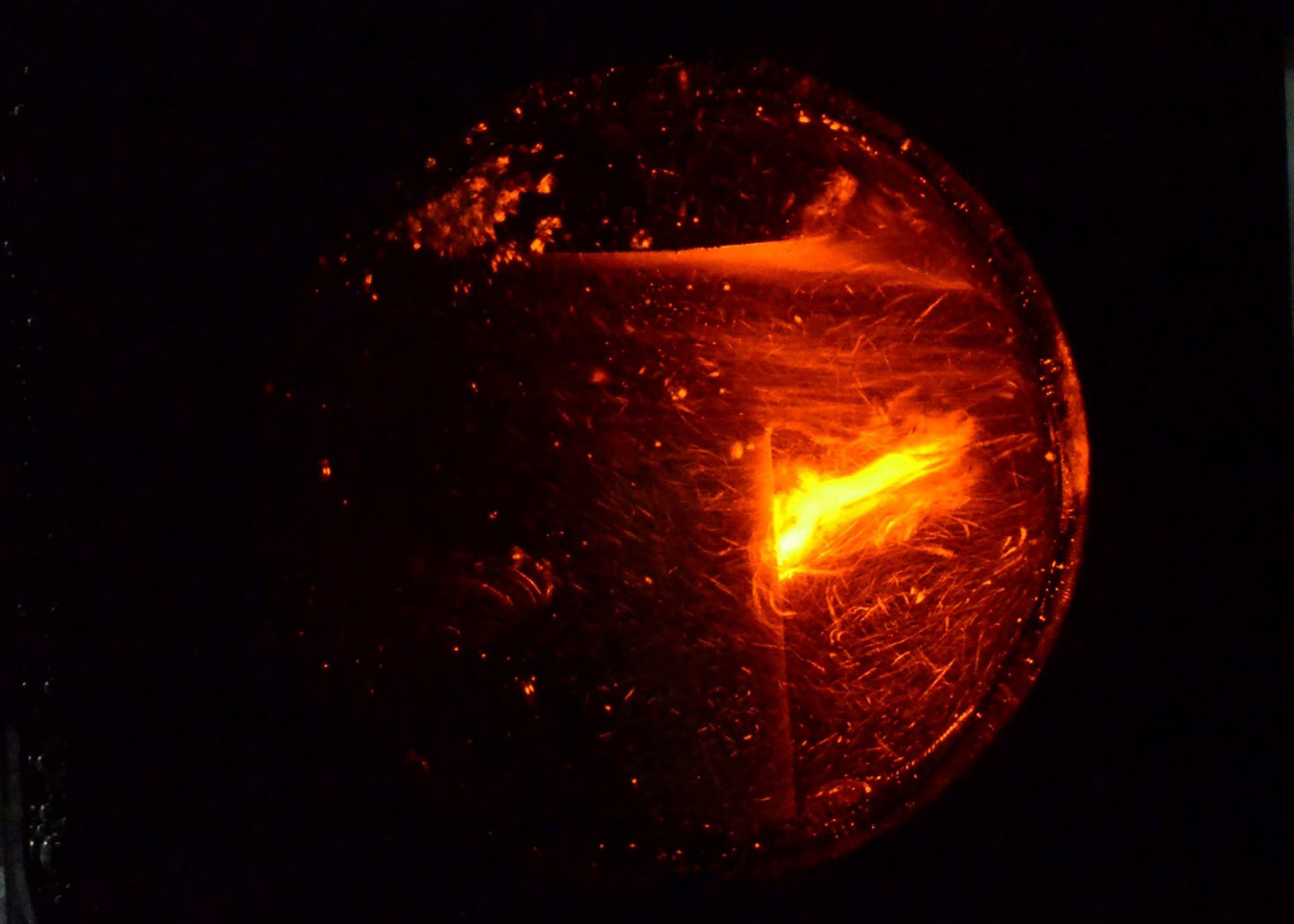
Inducing Plasma in Biomass Could Make Biogas Easier to Produce
Producing biogas from the bacterial breakdown of biomass presents options for a greener energy future, but the complex composition of biomass comes with challenges. Cellulose and woody lignocellulose are especially hard for bacteria to digest but pretreatment can make it easier. Researchers are testing plasma formation in biomass and finding a promising method: A plasma-liquid interaction forms reactive species that help break down the biomass and decrease the viscosity of the biomass material.
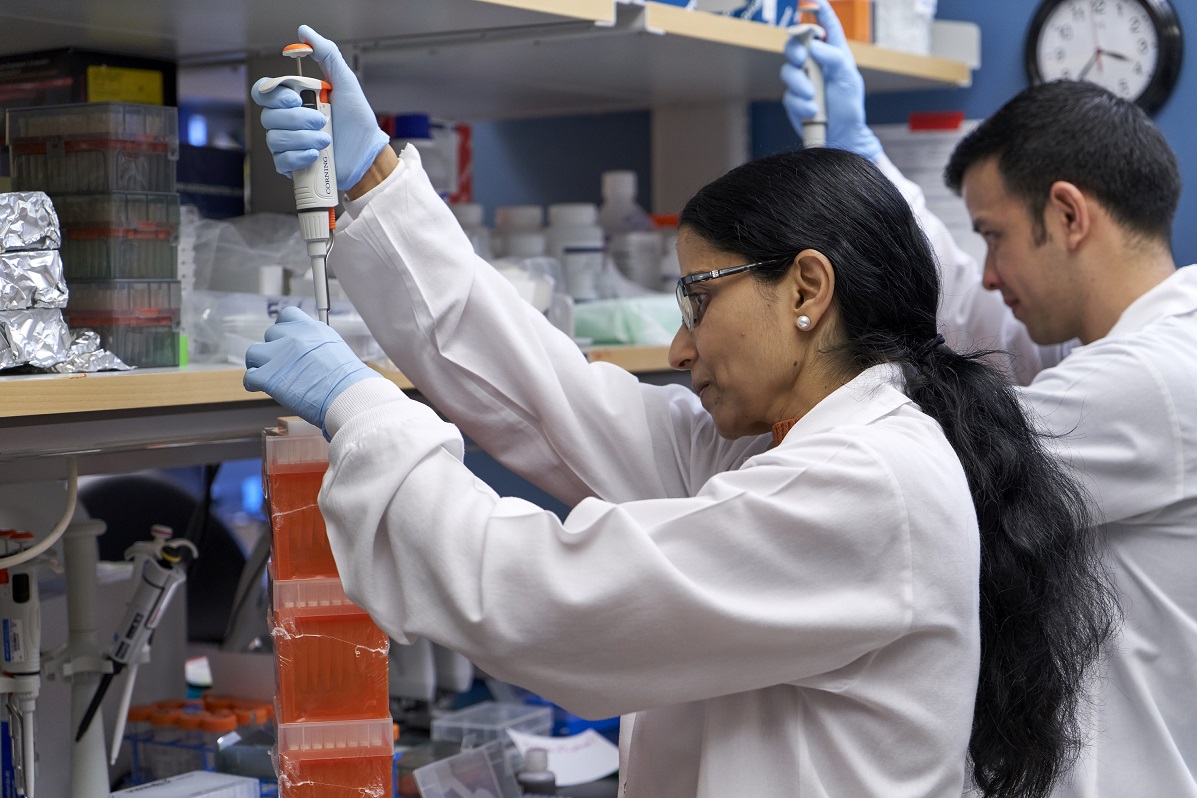
Study takes us a step closer to a universal antibody test for COVID-19
A study released by Houston Methodist Sept. 10 in the Journal of Clinical Investigation takes researchers closer to developing a uniform, universal COVID-19 antibody test. The multicenter collaboration tested alternative ways to measure COVID-19 antibody levels that’s faster, easier and can inexpensively be used on a larger scale to accurately identify potential donors for plasma therapy with the best chance of helping patients infected with SARS-CoV-2.

Young Houston woman recovers from COVID-19 after participation in two UTHealth clinical trials
Heba Hajjar, 23, recovered from COVID-19 after participating in two clinical trials while in the ICU.
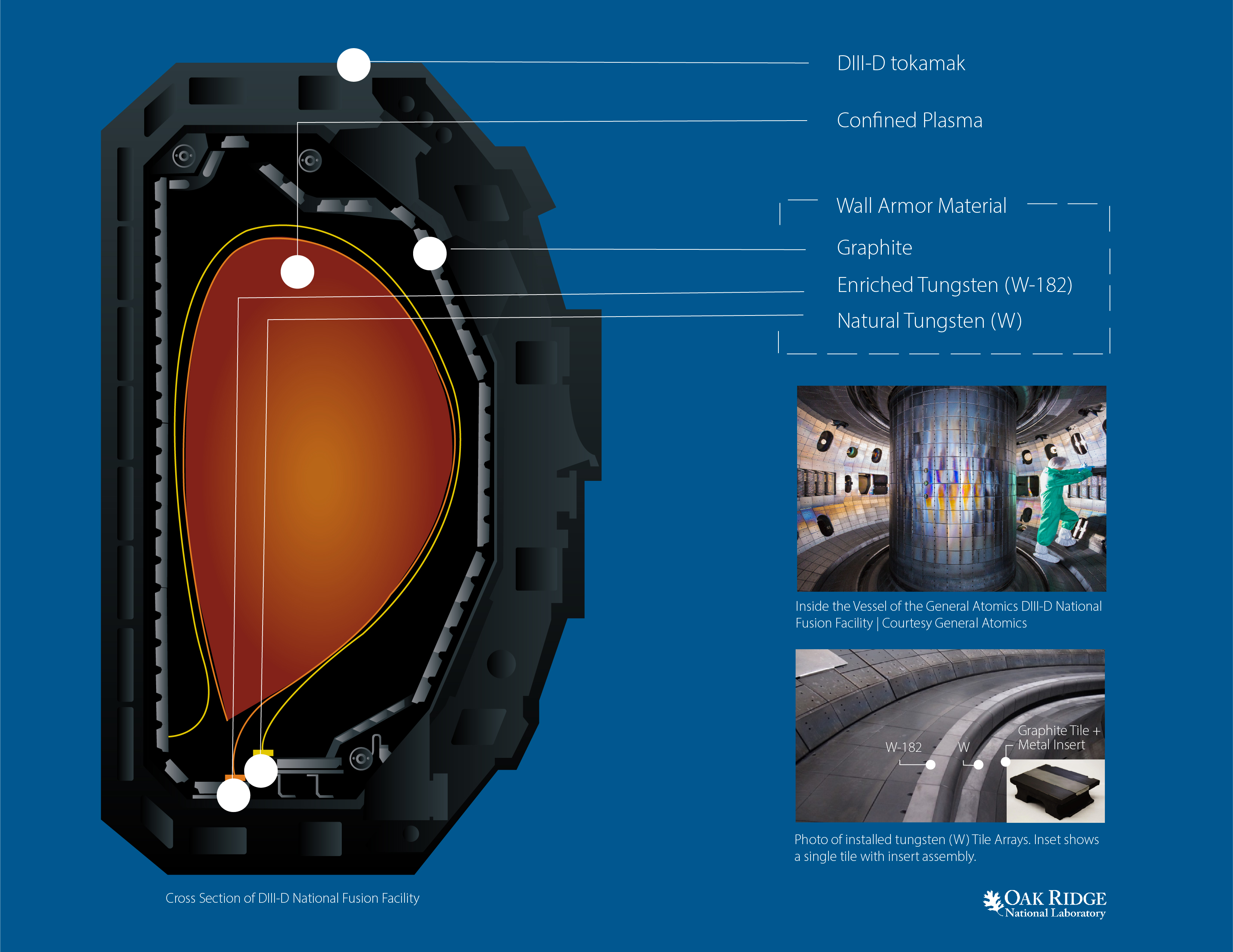
Tungsten isotope helps study how to armor future fusion reactors
A team of ORNL researchers working with tungsten to armor the inside of future fusion reactors had some surprising results when looking at the probability of contamination.

DOE-funded UAH directed plasma research may advance pulsed fusion propulsion systems
A professor at The University of Alabama in Huntsville (UAH) has been awarded a one-year, $98,930 grant by the U.S. Department of Energy (DOE) for plasma research that could advance pulsed fusion propulsion for spacecraft.
COVID-19 patient at LBJ Hospital recovers after convalescent plasma transfusion
Kony Chacon credits a century-old treatment now being used to help coronavirus patients fight off the infection – convalescent blood plasma transfusions – with helping her recover.
Team is first in Texas to investigate convalescent plasma for prevention of COVID-19 onset and progression
A research team is the first in Texas to investigate whether plasma from COVID-19 survivors can be used in outpatient settings to prevent the onset and progression of the virus in two new clinical trials at UTHealth.